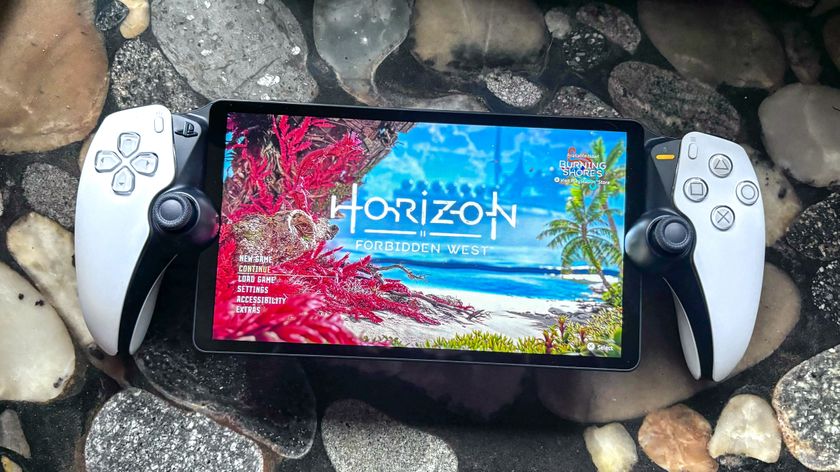PS VR2 will be powered by two chips — here's what we know
PlayStation bucks the trend of Qualcomm-powered VR headsets

Not only do we know how much the PlayStation VR2 will cost and when you can get it, now we know a bit more about what will be under the hood.
First reported by Android Central, MediaTek announced that it has developed not one, but two chips for the PS VR2. The primary system-on-a-chip (SoC) is for the display in the headset itself and then the other SoC goes in each of the controllers.
Opting for two chips is interesting, as other VR headsets tend to use a single SoC. But two chips for one VR system could provide more processing for greater moment tracking and VR-centric features, especially since the PS VR 2's controllers will make use of the same advanced haptics found in the DualSense controller. So by using two chips the PS VR 2 could deliver a more immersive virtual reality eperience than those on our best VR headset list.
MediaTek didn’t reveal much else about these new chipsets, but Sony did give us just a hint as to why it went with MediaTek, rather than the likes of Qualcomm's Snapdragon chips that power the Meta Quest 2 for example. Sony gaming executive Shuhei Yoshida stated that it wanted a chip that could deliver, "high standards for low latency, low power consumption, and high performance." And it would appear that MediaTek's slices of silicon fit that brief.
PS VR2 MediaTek chipset: Why not Qualcomm?
The quote from Yoshida may give us an idea as to why Sony did not go with Qualcomm for the PS VR2. Most VR headsets from the aformentioned Quest 2 and Meta Quest Pro, to the PICO 4 and even the in-development Pimax Portal all use the Qualcomm Snapdragon XR2.
However, these headsets all require a more powerful processor as aside from the Pimax Portal they are all-in-one VR headsets. The PS VR2 needs to be tethered to the PS5. While to some this is a downside, it does allow the PS VR2 to achieve superior performance and graphics fidelity because it uses the computational power of the PS5.
My guess — MediaTek made a more efficient SoC than Qualcomm, and that’s why Sony is going with it. The SoC in the display and controllers doesn’t need to be super-powered, it just needs to be powerful enough. MediaTek likely did a better job than Qualcomm at providing the “low latency, low power consumption, and high performance" chipset Sony desired. Until we see benchmarks though, this is just speculation.
Sign up to get the BEST of Tom's Guide direct to your inbox.
Get instant access to breaking news, the hottest reviews, great deals and helpful tips.
If you’re excited about the PS VR2 — and at least one of our team is — make sure to check out our pre-order guide for the PS VR2 to snag your headset before it launches in February. And keep following our PS VR2 hub for future updates on Sony’s next gaming VR headset.

Malcolm has been with Tom's Guide since 2022, and has been covering the latest in streaming shows and movies since 2023. He's not one to shy away from a hot take, including that "John Wick" is one of the four greatest films ever made.












